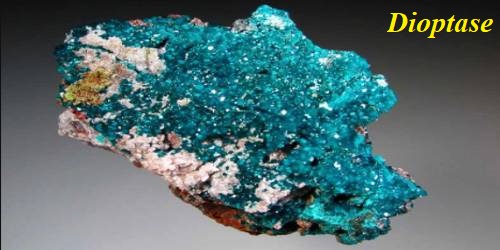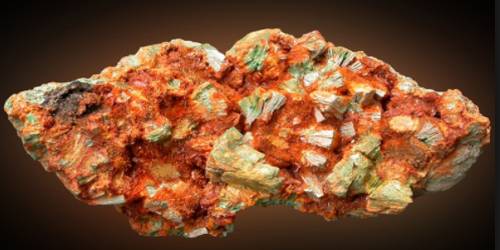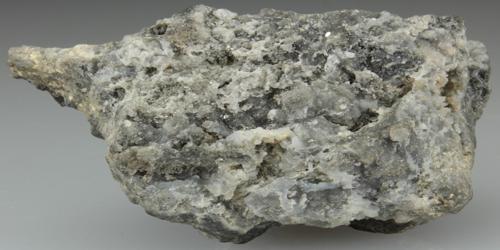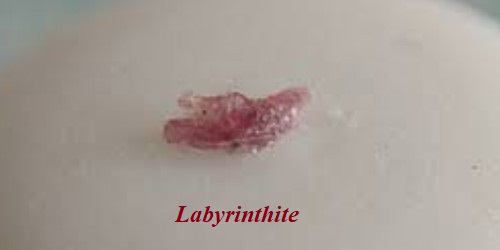Dioptase is an intense emerald-green to bluish-green copper cyclosilicate mineral. It is transparent to translucent. Its formula is CuSiO3·H2O [also reported as CuSiO(OH)2]. It is a rare mineral occurring as emerald green or blue-green crystals. It consists of a hydrated silicate of copper. Crystals can be quite clear but at times they seem to be cloudy due to the deep color.
General Information
- Category: Cyclosilicates
- Formula: CuSiO3H2O
- Crystal system: Trigonal
- Crystal class: Rhombohedral (3)
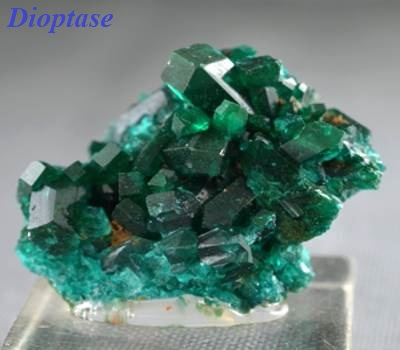
Properties
It has a hardness of 5, the same as tooth enamel. Its specific gravity is 3.28–3.35, and it has two perfect and one very good cleavage directions. Additionally, dioptase is very fragile and specimens must be handled with great care. It is a trigonal mineral, forming 6-sided crystals that are terminated by rhombohedra. Its luster is vitreous to sub-adamantine.
- Color: Dark teal, emerald green
- Cleavage: Perfect in three directions
- Fracture: Conchoidal
- Tenacity: Brittle
- Mohs scale hardness: 5
- Luster: Vitreous
- Streak: Green
- Diaphaneity: Transparent to translucent
- Specific gravity: 3.28–3.35
Occurrence
Dioptase is an uncommon mineral found mostly in desert regions where it forms as a secondary mineral in the oxidized zone of copper sulfide mineral deposits. However, the process of its formation is not simple, the oxidation of copper sulfides should be insufficient to crystallize dioptase as silica is normally minutely soluble in water except at highly alkaline pH. The oxidation of sulfides will generate highly acidic fluids rich in sulfuric acid that should suppress silica solubility. However, in dry climates and with enough time, especially in areas of a mineral deposit where acids are buffered by carbonate, minute quantities of silica may react with dissolved copper forming dioptase and chrysocolla.
Information Source:
